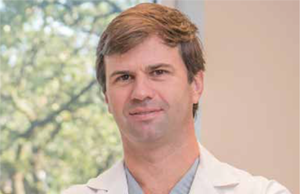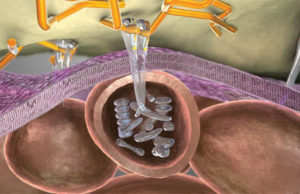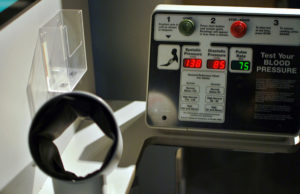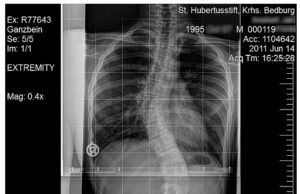Tag: research
New network aims to “unlock” UK research potential in spinal cord...
Through the Spinal Cord Injury Clinical Research Network (CRN), which was formally launched in April to bring together clinicians, academics, researchers and possible funders...
State-of-the-art orthopaedic technique may help to identify which cervical radiculopathy patients...
New research using unbiased serum proteomics, a state-of-the-art technique in orthopaedics, aims to predict which cervical radiculopathy patients will fail conservative treatment and consequently...
Minimally invasive TLIF procedure results in shorter hospital stay and “good...
A prospective, randomised study presented at the 32nd EUROSPINE annual meeting held 11–13 October in Dublin, Ireland by Gabriel Tender (Louisiana State University, New...
Peptide-enhanced bone graft outperforms autograft at two years
A prospective, multicentre trial has found that a peptide-enhanced bone graft is non-inferior compared to local autograft bone. In addition, the bone graft outperformed...
Modern spinal structure established millions of years earlier than previously thought
Analysis of a 3.3 million-year-old fossil skeleton has revealed the most complete spinal column of any early human relative, including vertebrae, neck and rib...
Can the C7 slope substitute the T1 slope?
The T1 slope was first reported in 2010 by Knott and is considered one of the key players in cervical balance. Many studies have...
Rothman Index is a useful predictive tool for identifying patients likely...
A retrospective review of patients who underwent elective spine surgery in New Haven, USA has shown that the Rothman Index (RI) may be used...
Study of astronauts reveals new clues for low back pain mechanisms
Winner of the 2017 Outstanding Paper Award for Medical/Interventional Science at the 2017 North American Spine Society (NASS) annual meeting (25–28 October, Orlando, USA),...
Researchers narrow in on genetic causes of scoliosis
Two presentations at the Scoliosis Research Society annual meeting (SRS; 6–9 October, Philadelphia, USA) have shed light on the genetic factors at play in...
“Significantly more bone infiltration” with 3D-printed triangular sacroiliac joint fusion implants
The popularity of sacroiliac joint fusion has grown rapidly over the past five years, with SI-Bone’s Ifuse device leading the market. Recently approved by...
Sugar nanostructures reduce BMP-2 requirements for fusion by 99%
Researchers from Northwestern University, Evanston, USA, have developed a type of supramolecular glycopeptide nanostructure which appears to be able to amplify BMP-2 signalling significantly....
The criticality of gender specific medicine in spine health
by Kimberly Templeton and Janice Werbinski
It has been 36 years since the publication of the “Physicians’ Health Study,” which showed that low dose aspirin...
Most “Big Data” research has “very low” academic impact
The use of large registry-based datasets in spinal research has exploded in recent years. Often criticised for potentially limited clinical relevance, little research has...
PixarBio establishes research centre focusing on spinal cord injury treatment
PixarBio—developers of NeuroRelease, a morphine replacement, non-opioid pain treatment—has established the JP Reynolds Research Center in Woburn, USA.
The lab will focus on research and...















